 It’s been a while. It’s 2018 and a cold, snowy, about to get snowier day here in Kamloops. The day so far has been full – reading an engaging book in early morning when all is quiet and making enough mental notes for a good conversation with the boys later on, walking the dog in winter crispness, meeting with Sasha’s teacher to lay out this semester’s intended learning (a group of homeschooling kids meet once a week for various learning activities such as nature excursions, science experiments, art, and of course, playing.) Add a haircut and grocery shopping… then we’re back home for the day’s learning.
It’s been a while. It’s 2018 and a cold, snowy, about to get snowier day here in Kamloops. The day so far has been full – reading an engaging book in early morning when all is quiet and making enough mental notes for a good conversation with the boys later on, walking the dog in winter crispness, meeting with Sasha’s teacher to lay out this semester’s intended learning (a group of homeschooling kids meet once a week for various learning activities such as nature excursions, science experiments, art, and of course, playing.) Add a haircut and grocery shopping… then we’re back home for the day’s learning.
Sasha settles on a book about Canadian discoveries, a library book that has them raise their eyebrows in surprise and say ‘Oh, I did not know that…’ or ‘Mom, did you know…’. Past the reading about discoveries comes the part where creativity kicks in and be it Lego, or other materials, various viable or less so inventions come to life. Inspiration is a word that contains a world of hopes, dreams, sweat, frustrations, and sometimes succeeding, but it never ends at that. It’s a word I’d like the boys to make it a constant presence in their lives as they grow up and I’d like the same for myself, to be inspired no matter what.
As we sit for lunch, we chat about an incoming overnight hike to a nearby lake, and I wish I could remember how the conversation slipped from snowy woods, cabins, and the games we’d play in the evening to Martin Luther King. While the boys still munch on their food, I read out loud about his contribution to the world and then we listen to his famous speech ‘I had a dream.’ The timing couldn’t have been more adequate. Our last weeks have been peppered with many conversations about equality, the expectation of some to dominate over others, modern-day slavery, the extent of it compared to the old day, the wrongness of allowing it as an invisible presence in the developed world market, the fact that people are still judging people based on the colour of their skin.
The boys sit and listen; I read some of the words that carry so much weight it’s a wonder (not the positive kind) we do not employ them more intensely in the education process. ‘Nothing in the world is more dangerous than sincere ignorance and conscientious stupidity…’ has me read over twice because it brings so much with it. We live in an age when questionable leaders emerge with the help on internet ‘viral’ spreading of various kinds of information, true or otherwise.
We also live in a world where education is being tweaked to fit within narrow confines dictated by commercialism (presence of cell phones in classrooms has nothing to do with learning no matter how you turn it, no pun intended) and is often commandeered by the fear of imposing any boundaries, even though children’s well-being depends on the adults around them establishing healthy boundaries.
How are we to inspire the young generation to seek knowledge in the interest of preventing ultimately selfish pursuits and avoid ‘conscientious stupidity?’ How are we to inspire them to see that the world they are part of is requires patience to understand, a sense of wonder and determination to develop critical thinking skills that will eventually help create a better social, political, and environmental landscape…
Learning is a beautiful adventure, a constantly evolving path that can have us maintain a balance within ourselves as we grow, no matter our age, and balance with the world we belong to. I wish that by the time the boys are ready to take off flying, they will remember that and keep that as a bookmark of sorts in that book of knowledge they’ll hopefully keep tucked in their backpacks…

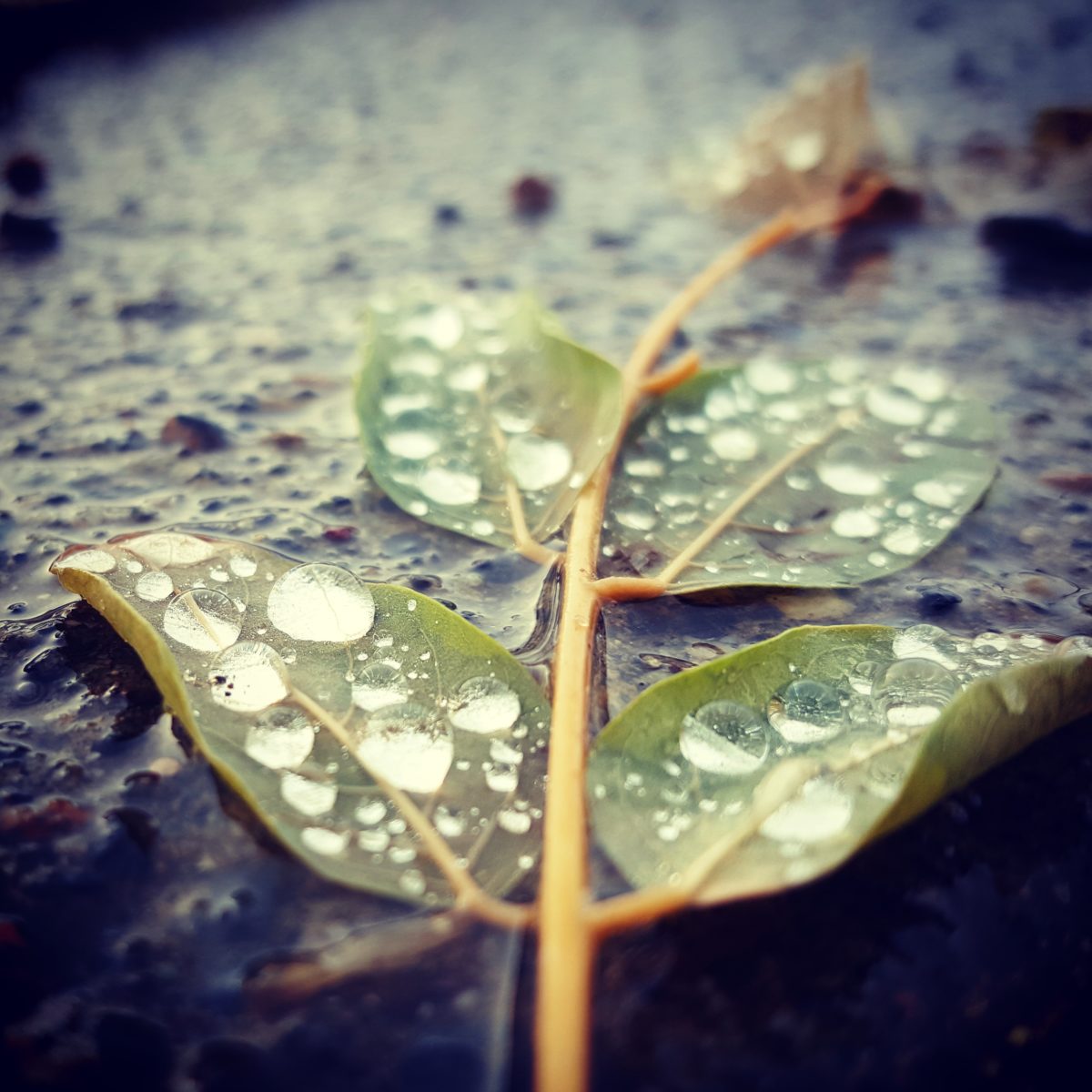
 We are to transition (in harmony, if possible,) from those long-drawn summer nights when you fill the time laughing, playing, chatting, hiding behind sand castles you build on the river banks so the setting sun won’t find you, so you can keep going forever.
We are to transition (in harmony, if possible,) from those long-drawn summer nights when you fill the time laughing, playing, chatting, hiding behind sand castles you build on the river banks so the setting sun won’t find you, so you can keep going forever.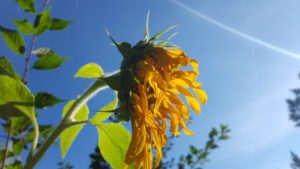 The autumn chill started swallowing those bright summer nights, cricket chirps and all, a couple of weeks ago. You see it clearer with each year passing by. Time flies. You know there is no running away from it, but in knowing that, you also learn to hug each day a bit closer and take a deeper breath each morning. You learn to take off your shoes so your feet can dance on the dewy grass, you learn to silence everything for a few precious moments; eyes closed, only bird songs should be allowed to breach the silence.
The autumn chill started swallowing those bright summer nights, cricket chirps and all, a couple of weeks ago. You see it clearer with each year passing by. Time flies. You know there is no running away from it, but in knowing that, you also learn to hug each day a bit closer and take a deeper breath each morning. You learn to take off your shoes so your feet can dance on the dewy grass, you learn to silence everything for a few precious moments; eyes closed, only bird songs should be allowed to breach the silence.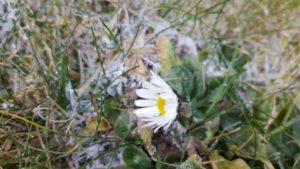 It’s the day after. February 23, which comes right after the big anti-bullying day, pink T-shirts and all. Back when Tony started school we would purchase them directly from the teacher. Now you can buy them in stores too. Store clerks need to buy them too in some stores. I guess to prevent customer bullying?
It’s the day after. February 23, which comes right after the big anti-bullying day, pink T-shirts and all. Back when Tony started school we would purchase them directly from the teacher. Now you can buy them in stores too. Store clerks need to buy them too in some stores. I guess to prevent customer bullying?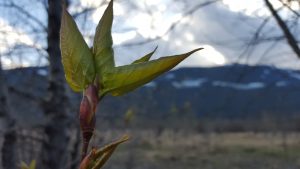 The very puzzling thing that happens when you are a child is that adults often ask what you want to be when you grow up. It’s a question that carries a certain weight except that when you’re little you peep out an answer that is both cute and easily forgotten.
The very puzzling thing that happens when you are a child is that adults often ask what you want to be when you grow up. It’s a question that carries a certain weight except that when you’re little you peep out an answer that is both cute and easily forgotten. All I ask of them is to grow up to be good people. Respectful and carrying compassion for fellow humans, animals and the environment, curious enough to keep on learning and most of all joyous. Whatever path they choose, they should be able to wake up with joy and excitement. That is what comes from adding layers of learning as you go. And most of all that is what happens when the world inside is one that has relevance to who you are. So, you listen and courageously follow the path you feel attracted towards. Profession? Who knows. Things evolve as we do. We grow and open our eyes and then we close them just so we can see lights flickering in the distance. We get inspired by reading, by connecting to people we meet along the way and by seeing places.
All I ask of them is to grow up to be good people. Respectful and carrying compassion for fellow humans, animals and the environment, curious enough to keep on learning and most of all joyous. Whatever path they choose, they should be able to wake up with joy and excitement. That is what comes from adding layers of learning as you go. And most of all that is what happens when the world inside is one that has relevance to who you are. So, you listen and courageously follow the path you feel attracted towards. Profession? Who knows. Things evolve as we do. We grow and open our eyes and then we close them just so we can see lights flickering in the distance. We get inspired by reading, by connecting to people we meet along the way and by seeing places.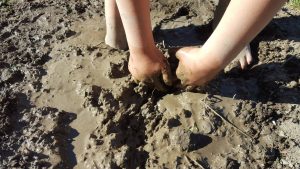 The point is… what matters is that they keep curious and willing to learn and they do so while being good people. Kind and open-minded and able to think for themselves, willing to accept failure and ready to keep on going even when hills become mountains and the top gets lost in thick fog.
The point is… what matters is that they keep curious and willing to learn and they do so while being good people. Kind and open-minded and able to think for themselves, willing to accept failure and ready to keep on going even when hills become mountains and the top gets lost in thick fog.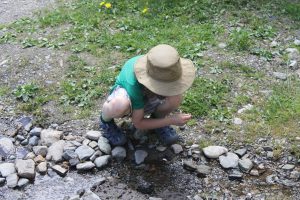 It’s been a while since we made the decision to learn at home. Those were the times when my answer to people’s question about which school my boys go to was a somewhat unsure ‘They are homeschooled’. It’s been more than two years now and I am still learning about what homeschooling means, yet my reply comes firm and sure of itself: My sons are homeschooled.
It’s been a while since we made the decision to learn at home. Those were the times when my answer to people’s question about which school my boys go to was a somewhat unsure ‘They are homeschooled’. It’s been more than two years now and I am still learning about what homeschooling means, yet my reply comes firm and sure of itself: My sons are homeschooled.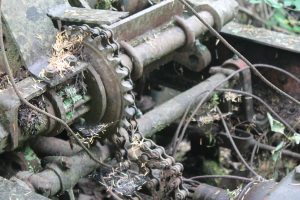 Which takes me to the very concept: learning. It’s as complex as the world itself because that is what learning is. Can you pinpoint where it starts? Not a chance. But somewhere in there are those first long walks with a wee toddler whose curiosity defies any sense of time. Leaves on a windy day fluttering, drops of water falling from the sky. Why? How? A snail pulls its body inside its shell when you as much as get your finger close to its dot-like eyes. Why? How?
Which takes me to the very concept: learning. It’s as complex as the world itself because that is what learning is. Can you pinpoint where it starts? Not a chance. But somewhere in there are those first long walks with a wee toddler whose curiosity defies any sense of time. Leaves on a windy day fluttering, drops of water falling from the sky. Why? How? A snail pulls its body inside its shell when you as much as get your finger close to its dot-like eyes. Why? How?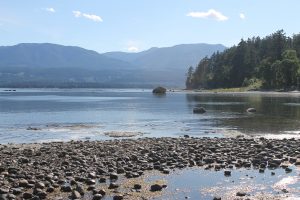 Biology, geography, math, physics, chemistry, history, and everything branching into specialized subtopics, which then branch some more and become even more specialized… that is the world around us. Each subject adds clarity to the big mystery that is life in all its shapes and forms. We know that bees make complex mathematical deductions to remember trajectories, and communicate to each other in ways humans have yet to understand. A bee is not just a bee. Children have the right to learn that. We owe it to them and to their curious minds.
Biology, geography, math, physics, chemistry, history, and everything branching into specialized subtopics, which then branch some more and become even more specialized… that is the world around us. Each subject adds clarity to the big mystery that is life in all its shapes and forms. We know that bees make complex mathematical deductions to remember trajectories, and communicate to each other in ways humans have yet to understand. A bee is not just a bee. Children have the right to learn that. We owe it to them and to their curious minds.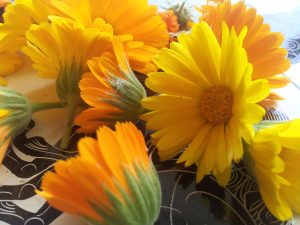 Learning makes sense when subjects are not cut into separate slices or ripped apart like petals of a flower. It’s the whole picture with all the subjects included and connected that makes learning fun and exciting and long-lasting. It’s not about memorizing, but understanding. Memorizing happens without effort when things make sense. That invites humbleness in. Joy too. There is so much to know, those who learn constantly will say. Children do. If only we let them and provide them with free thinking space that encourage learning.
Learning makes sense when subjects are not cut into separate slices or ripped apart like petals of a flower. It’s the whole picture with all the subjects included and connected that makes learning fun and exciting and long-lasting. It’s not about memorizing, but understanding. Memorizing happens without effort when things make sense. That invites humbleness in. Joy too. There is so much to know, those who learn constantly will say. Children do. If only we let them and provide them with free thinking space that encourage learning.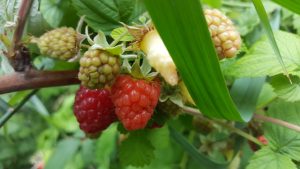 The reasons why they would learn and understand the multi-faceted process that is food preservation go beyond the rather simplistic ‘because it’s cool to have a homemade jar of jam or…(fill in the blanks)’. In our little school, we are shooting for the big picture. The bird’s eye view if you will.
The reasons why they would learn and understand the multi-faceted process that is food preservation go beyond the rather simplistic ‘because it’s cool to have a homemade jar of jam or…(fill in the blanks)’. In our little school, we are shooting for the big picture. The bird’s eye view if you will. What goes into growing food? Hard work, enriching the soil using natural methods (compost and manure), more hard work and plenty of fresh water, plus a community to sell it to or people to share it with. Conventionally grown food often comes with chemicals many of which can have effects on the brain, endocrine system and they can also increase the risk of allergies and chemical sensitivities. It also comes with a variable-size carbon footprint, depending where it is shipped from. Possibly some low-paid workers in there too. Another level of unaffordability you could say.
What goes into growing food? Hard work, enriching the soil using natural methods (compost and manure), more hard work and plenty of fresh water, plus a community to sell it to or people to share it with. Conventionally grown food often comes with chemicals many of which can have effects on the brain, endocrine system and they can also increase the risk of allergies and chemical sensitivities. It also comes with a variable-size carbon footprint, depending where it is shipped from. Possibly some low-paid workers in there too. Another level of unaffordability you could say. Here we are. A new page of the new blog that will follow our homeschooling adventure. The start day was supposed to be last month as the new school year debuted. Well, it’s this month instead.
Here we are. A new page of the new blog that will follow our homeschooling adventure. The start day was supposed to be last month as the new school year debuted. Well, it’s this month instead.